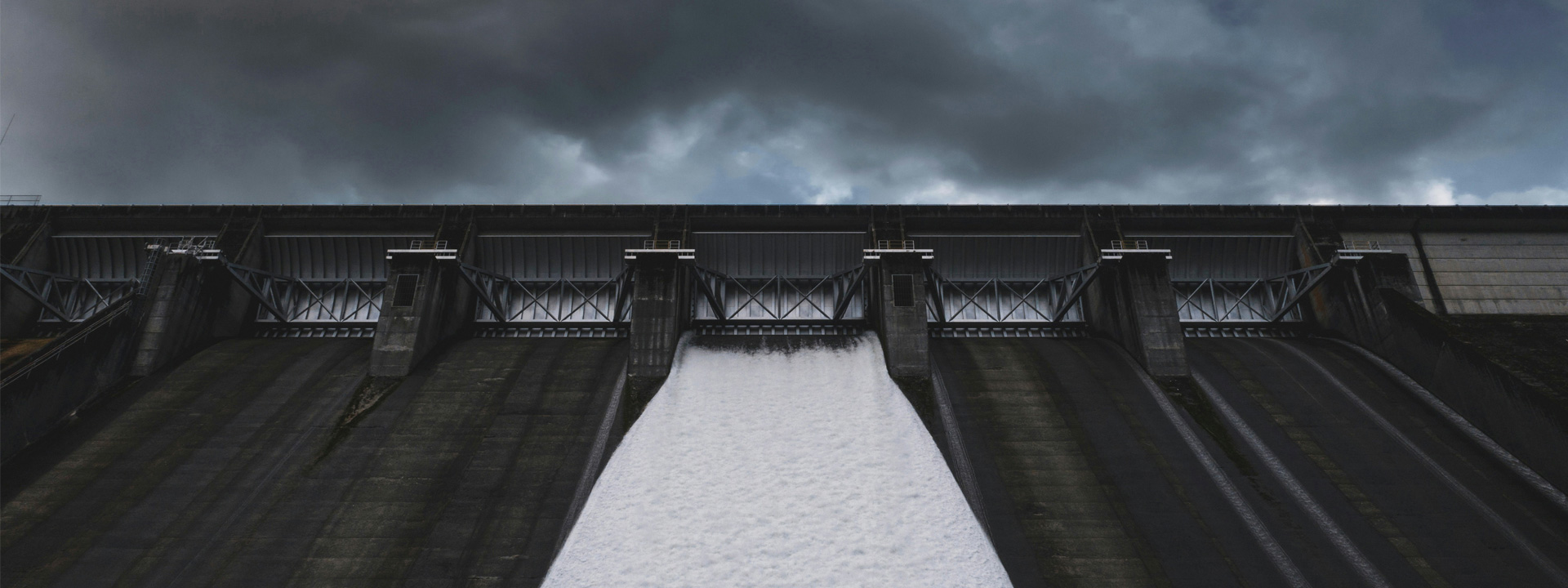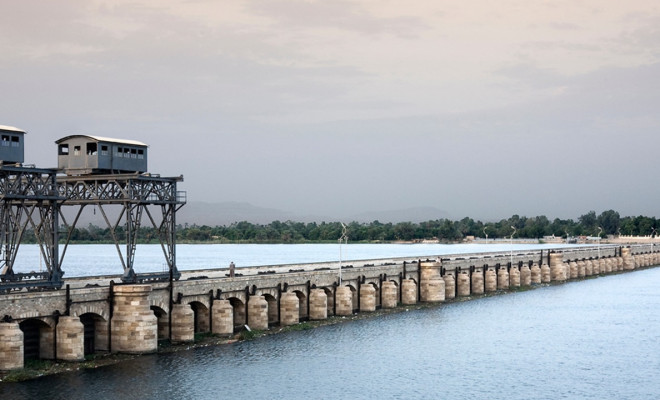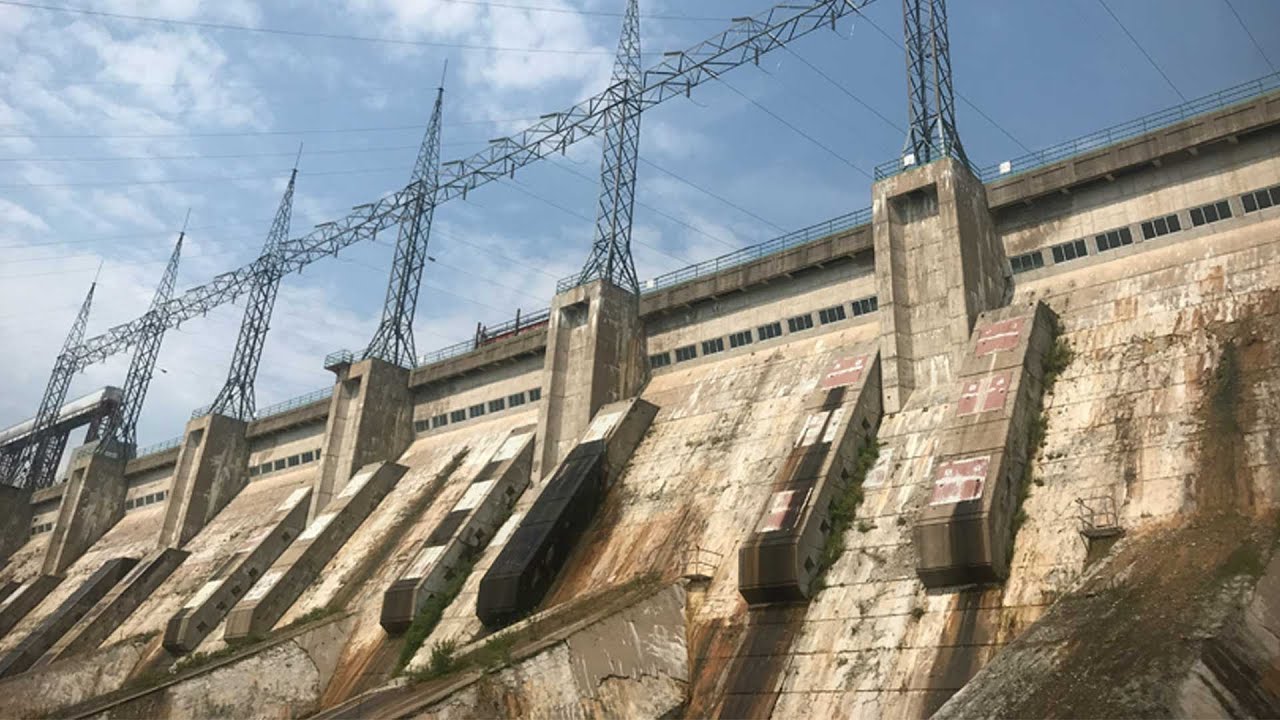
The use of water as an energy source traces back to early human history. Sumerians and Babylonians engineered sophisticated canal systems to irrigate vast agricultural lands. Employing clever sluice mechanisms, they harnessed gravity to transport water to distant areas from riverbeds. Additionally, the ancient Greeks employed water-powered mills for irrigation and grain milling.
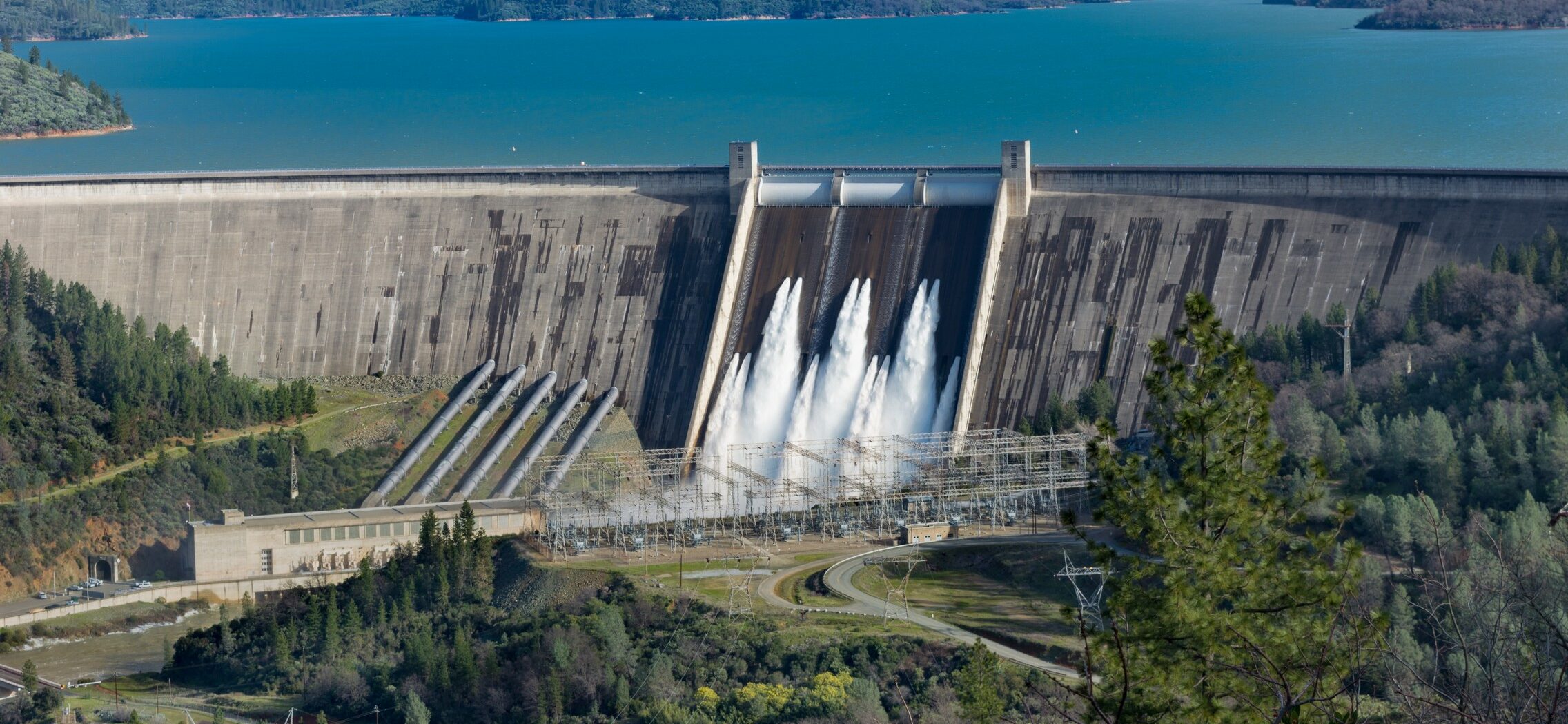
The oldest form of renewable energy, hydroelectric power, is not immune to the effects of climate change. Its history is intertwined with the construction of large dams, which have significantly altered numerous river ecosystems worldwide. © wirestock / Freepik
Hydroelectricity: All Began with the Niagara Falls
The significant evolution of hydropower occurred with the advent of electricity production. Small turbines had been used in the 19th century, but it wasn’t until 1878 that electricity was generated on a large scale. This milestone was marked by the establishment of the Niagara Falls Hydraulic Power & Manufacturing Company, formed specifically to harness the immense water power of Niagara Falls. The electricity produced on-site was substantial. In 1882, the company enlisted the expertise of the renowned British physicist Lord Kelvin, who, along with a team of engineers led by George Westinghouse, was tasked with addressing a critical challenge: efficiently transporting this electricity over long distances.
Westinghouse’s efforts proved fruitful, culminating in November 1896 when 1,000 horsepower of electric power was successfully transmitted to the Buffalo City Tramway Company over a wired distance of approximately 20 miles. Using alternating current (AC), Westinghouse capitalized on patents acquired from Nikola Tesla. Notably, during this period, Tesla conflicted with Thomas Edison, a staunch proponent of direct current (DC).
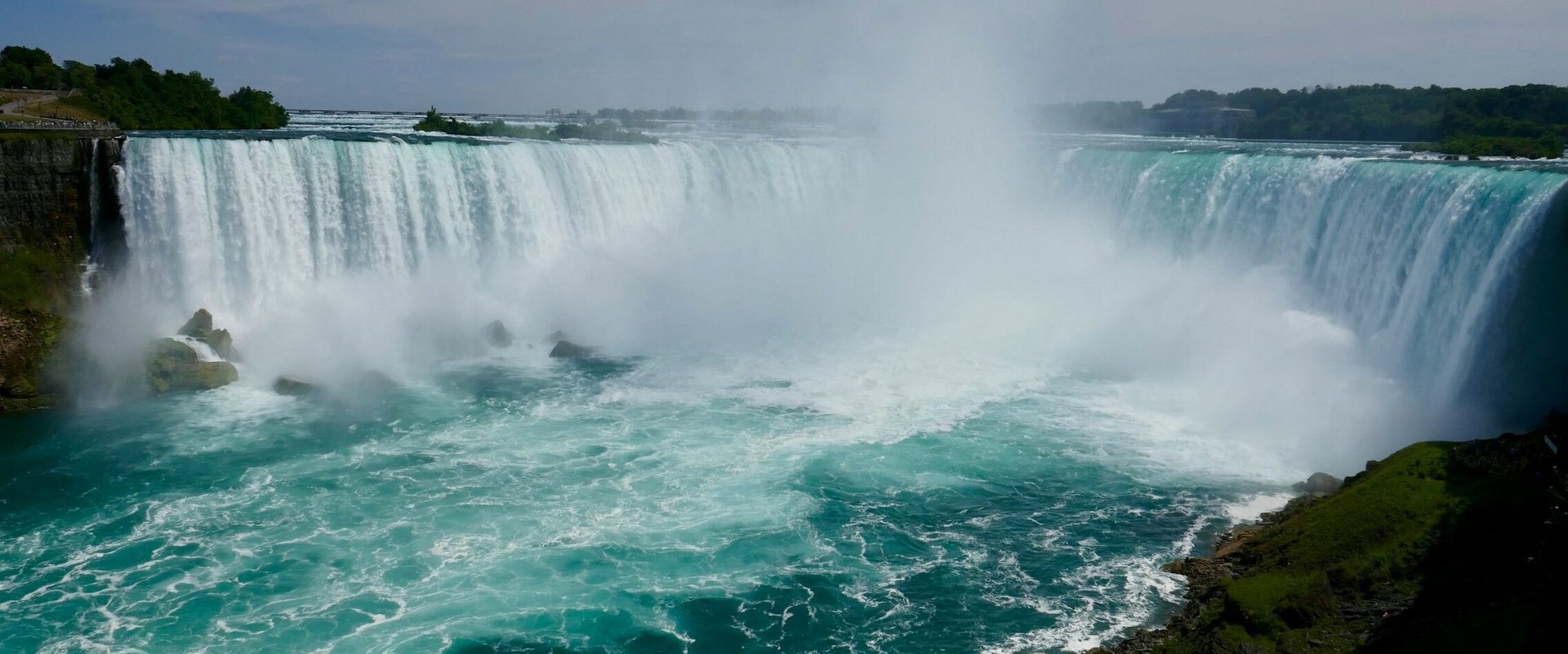
It wasn’t until 1878 that electricity was generated on a large scale. This milestone was marked by the establishment of the Niagara Falls Hydraulic Power & Manufacturing Company, formed specifically to harness the immense water power of Niagara Falls. ©de Edward Koorey / Unsplash
Hydroelectric power played a pivotal role in tipping the scales in the “war of the currents” in favor of alternating current (AC). This victory spurred the widespread distribution of electricity across vast distances, a development soon complemented by thermoelectric power derived from coal combustion. Thus began the Second Industrial Revolution, a transformative process that reshaped the world.
Development at the Expense of Watercourses
Since then, technology has advanced significantly. The fundamental concept involves storing water to harness its potential energy, which is attributable to its height, and directing it, via pressurized pipes, to turbine blades. This motion causes the blades to rotate, transmitting the rotation to an alternator that produces electricity. Subsequently, the water flows back into the riverbed downstream of the dam.
Humanity had access to “renewable” energy by tapping into the water cycle as a resource. Across the globe, larger dams and reservoirs were constructed, leading to a surge in hydroelectric power production. By 2021, data from the International Hydropower Association (IHA) indicated that hydroelectric power contributed to over 15% of the world’s electricity generation and comprised 70% of renewable energy sources in terms of installed capacity.
Yet, the proliferation of power plants significantly altered river courses. This phenomenon escalated notably in the industrialized world throughout the 20th century, extending to countries with emerging economies, particularly those with extensive watercourses.
The Aswan Dam in Egypt, completed in 1970, gained notoriety as the first intervention to impact the ecological cycle significantly. Its construction led to the displacement of over 100,000 individuals to create a vast reservoir. This dam effectively halted the millennia-old flood cycle of the Nile, disrupting a natural process that had persisted for hundreds of thousands of years. Additionally, it reduced sediment transport and triggered salinity problems in the Nile Delta and other regions where floodwaters previously carried away accumulated mineral salts.
Huge Dams on Large Watercourses
The trend of constructing large dams persisted, with notable examples such as the Itaipu dam on the Paraná River between Brazil and Paraguay, completed in 1984 with an installed capacity of approximately 14,000 MW. This project surpassed the Simón Bolívar Hydroelectric Power Plant on the Caroní River in Venezuela, which was completed in the 1970s with an installed capacity of about 10,235 MW.
In 2006, the largest hydroelectric facility linked to the biggest reservoir was integrated into the grid: the Three Gorges Dam on the Yangtze River in China, boasting an installed capacity of roughly 22,500 MW. This colossal hydroelectric endeavor involved the construction of a dam measuring 185 meters high and 2,310 meters long. It created a reservoir with a capacity of approximately 39.3 billion cubic meters, spanning an average area of 632 square kilometers. The project required the removal of over 100 million cubic meters of earth and the displacement of about 1.5 million people.
The immense reservoir has had profound environmental repercussions, significantly altering the climate of the surrounding region and causing substantial ecological harm. According to NASA experts, the amassed water mass has even influenced the Earth’s rotation, resulting in an increase in daylight hours by 0.06 milliseconds—an imperceptible change to humans but a testament to the colossal scale of the project.
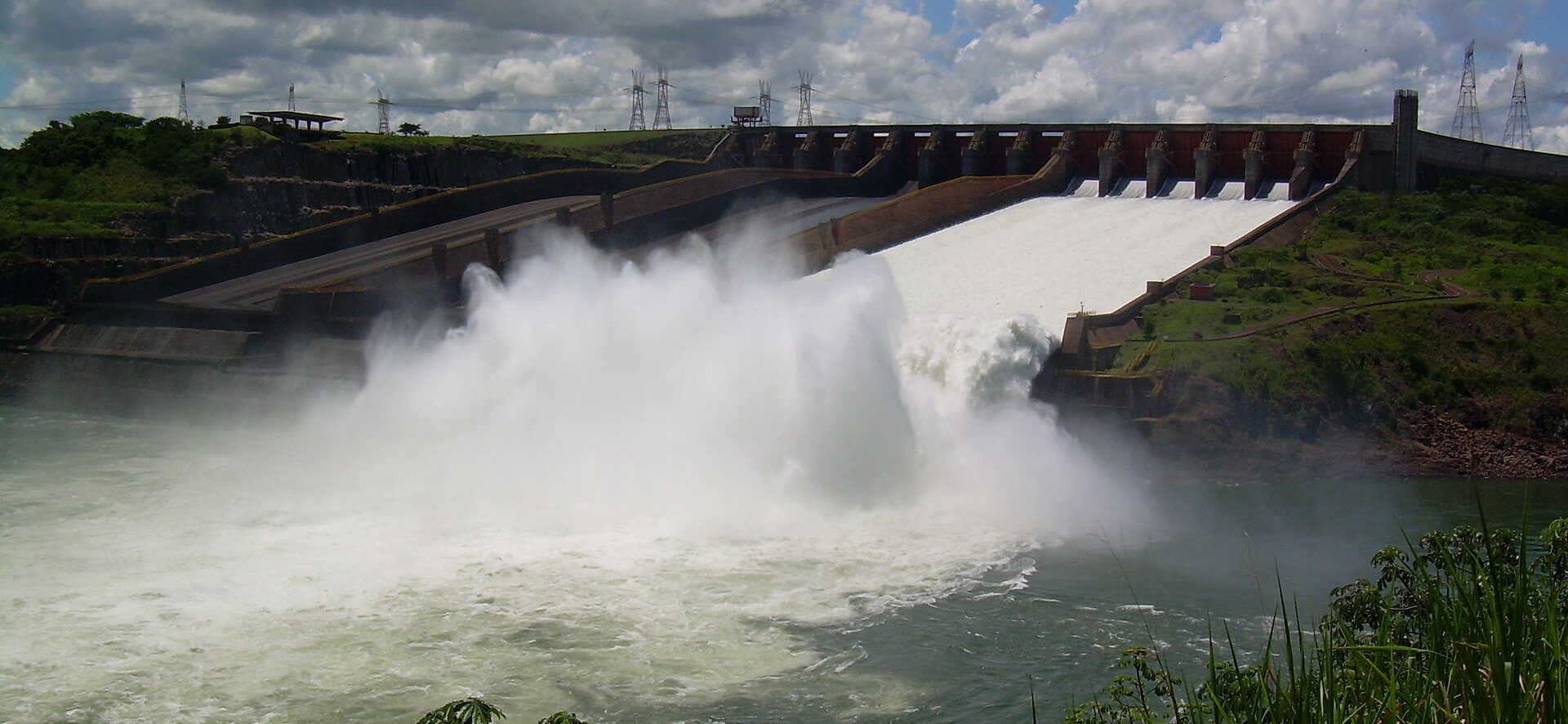
The Itaipu dam on the Paraná River between Brazil and Paraguay, was completed in 1984 with an installed capacity of approximately 14,000 MW.
In 2011, Ethiopia unveiled plans to build the Grand Ethiopian Renaissance Dam (GERD), a monumental project to create a reservoir capable of holding 70 billion cubic meters of water across 247 square kilometers. With an installed capacity of 6,450 MW, the dam is a crucial component of the Ethiopian government’s strategy to drive industrialization within the country and supply electricity to neighboring nations.
In 2022, China emerged as the world’s leading consumer of hydropower, with approximately 12.2 exajoules (trillion joules). This figure significantly exceeded that of other major powers, constituting approximately 30% of global consumption of this clean energy source for that year. Hydropower, the foremost among all “green” energies, outstripped wind power by approximately 300 gigawatts (GW) and photovoltaics by about 40 GW.
The Greatest Advantage: Renewable Energy Availability
In the global shift towards renewable energies, hydroelectric power holds a significant advantage in its ability to complement solar and wind power, which are intermittent. Photovoltaic electricity production ceases at night, and wind turbines remain idle without wind. During these periods, hydroelectric power can seamlessly integrate into and exit from the system, effectively stabilizing the grid.
In the short term, hydroelectric power proves reliable, primarily constrained by the availability of water reservoirs. However, its long-term predictability diminishes due to its dependence on rainfall. This issue is exacerbated by climate change, as many reservoirs experience decreased water volumes due to droughts, consequently reducing their energy capacity.
The Greatest Drawback: The Disruption of River Ecosystems
In the second half of the 20th century, over 45,000 large dams were built worldwide. Collectively, these dams span approximately 337,000 square kilometers, profoundly reshaping the global distribution of freshwater. This extensive infrastructure has fundamentally altered natural hydrological patterns and disrupted river sediment transport on a large scale.
Conversely, the surface water mass and infiltration into the subsoil, including the dam’s foundations, can exert significant pressure, potentially leading to geological disturbances, particularly in tectonically active regions. Thus far, the earthquakes observed have not surpassed a magnitude of 6 on the Richter scale and have not resulted in severe damage. Nevertheless, seismologists remain vigilant, continuously studying this phenomenon to understand its implications better.
From an ecological standpoint, reservoirs enact profound changes in their surrounding environments. The inundation caused by flooding eradicates vegetation cover, impacting adjacent ecosystems. Downstream, alterations in flood cycles and sedimentation further disrupt ecological balance. Additionally, dams serve as impassable barriers to the migration of aquatic species. Moreover, the temperature of water discharged from turbines differs from the natural river temperature, contributing to further ecological disturbance.
It’s worth noting that while hydropower boasts a very low carbon footprint, the process of dammed water, whether through evaporation, depletion during droughts, or controlled releases, can lead to carbon dioxide (CO2) emission. A study conducted by the Helmholtz Centre for Environmental Research in Germany and the Catalan Institute for Water Research (ICRA) in Spain concludes that the draining of continental freshwater has a notable impact on its carbon cycle: even slight reductions in water levels can prompt dams to release more carbon than they initially store.
Energía hidroeléctrica “verde”, a pequeña escala
The World Bank estimates that by 2030, approximately 660 million people, predominantly in sub-Saharan Africa, will still lack access to electricity, indicating that Sustainable Development Goal 7 (SDG 7) is far from being achieved. On a smaller scale, hydropower holds significant potential in facilitating access to reliable energy, provided that facilities prioritize the preservation of the natural capital of watercourses and ecosystems.
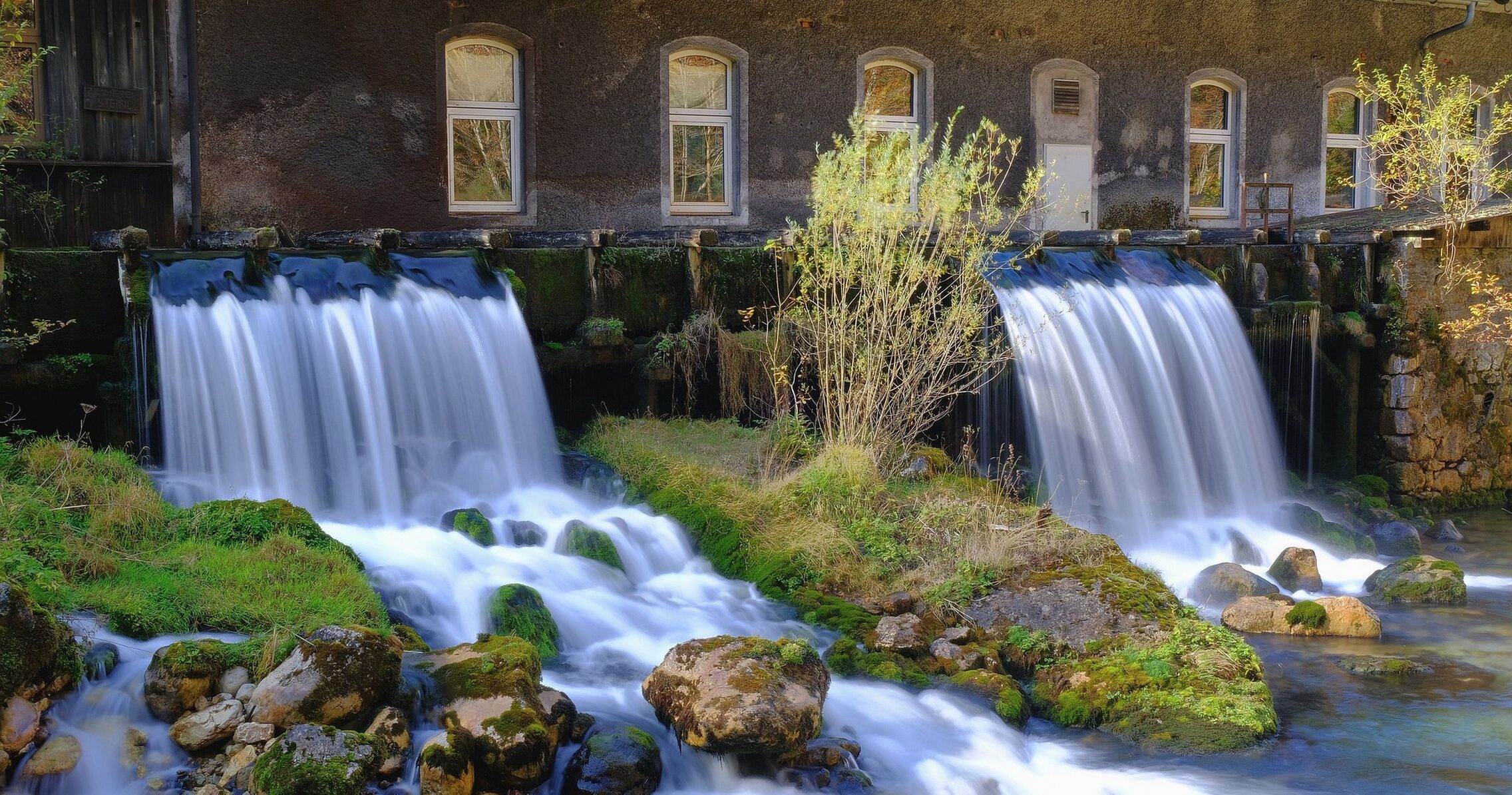
In numerous instances, decentralized small hydropower plants emerge as a viable solution, characterized by their mature, low-cost technology and minimal environmental footprint © Karl Egger en Pixabay
In numerous instances, decentralized small hydropower plants emerge as a viable solution, characterized by their mature, low-cost technology and minimal environmental footprint. These plants are crucial in facilitating rural electrification and poverty reduction across various regions worldwide. Positioned at the core of “green hydropower,” they embody an approach that strives to balance social and economic advancement and environmental preservation in isolated rural areas.


